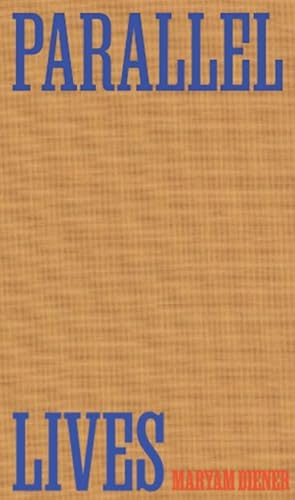Parallel Lives
London, 1934. Around Belsize Park’s Isokon building, with passages in prewar Vienna, Diener interweaves the lives of two historical figures: Bauhaus-trained photographer Edith Tudor-Hart and the writer Ursula Kuczynski. The author clarifies that there is no record that the two ever met, yet they could easily have passed each other on the street or in the corridors of the Isokon, for they certainly moved in the same radical circles.
The flats were an experiment in urban living, home at various times to Walter Gropius, László Moholy-Nagy, Marcel Breuer, Arnold Deutsch – Agatha Christie came later. Tudor-Hart and Kuczynski were notably spies for Moscow. Whether one empathises with what they did or not, they and their circle did seem to be motivated by ideological ideals, a belief that they could create a better world. Kim Philby joined this circle via his first wife Litzi Friedmann, but his handlers’ demand that he assume the role of a right-wing establishment sympathiser (the latter requirement enabled by the fact that Philby was indeed privileged) ultimately destroyed the marriage.
Personal sacrifice for a greater ideal is a recurring theme of the book; Tudor-Hart was obliged to leave her toddler son with relatives while she went for training in Moscow. The intimate lives of this circle were unconventional to the degree that amongst themselves that unconventionality appears as a convention in itself. Sometimes the narrative reads like a history book without the footnotes, but it is accessible reading, with the point of view firmly with these two women. The small volume is beautifully produced: one of Tudor-Hart’s photographs of the Isokon Building is tipped in before the title page, and the texture and design of the binding recalls Gollancz editions from the 1930s.










